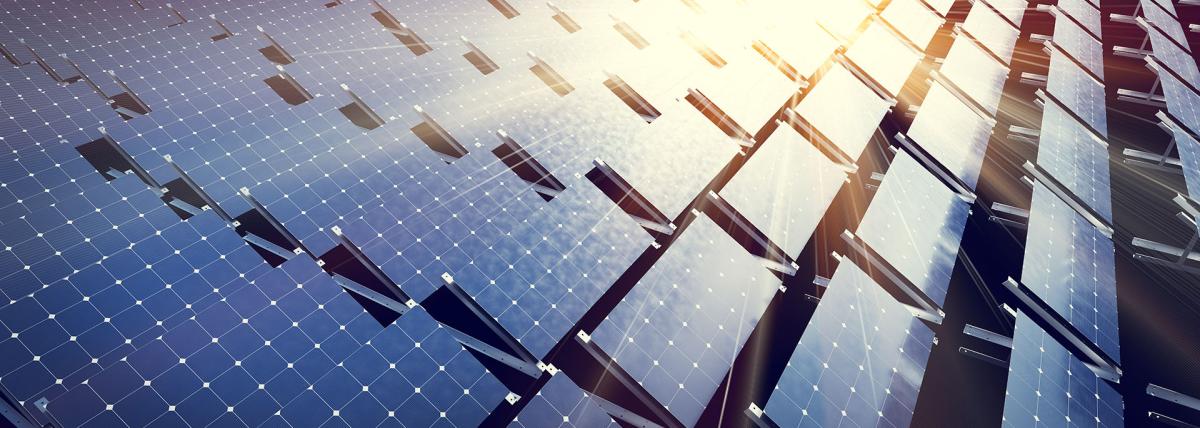
Students will use knowledge of forces and motions to create a pinball machine using simple machines.

Students will use knowledge of forces and motions to create a pinball machine using simple machines.

In this lesson on "Friction Fires and Its Associated Phenomena" the objectives are as follows: Students will be able to explain the process of friction fire, including the materials and techniques

Methane emissions are far more potent then CO2 emissions in the short-run in the atmosphere yet this is rarely covered in the media. Students will create a multi-media public service campaign to cover

The lesson is designed for use as part of a unit on energy transfer within a system. Before doing this lesson, students should have a basic understanding of potential and kinetic energy. Students will

Students examine the relationship between a ball's bounce height and its drop height to see a linear relationship. They then calculate the slope of their data to compare "bounciness" with other groups

Students will create an inclined plane using Pythagorean Theorem and will experiment with rolling objects and try to find a solution to reduce the speed through friction, or air resistance or weight.

Students will first build and collect data on how fast their solar car is. Then students can change items to increase the efficiency of the solar panel to increase the overall speed of the solar car.

Students will increase efficiency of the solar panels by using angles. Students are given a solar panel, protractor, and a multimeter. They need to complete a pre- investigation plane before they

Students will be reading an article and answering questions on Solar Panels to help them complete their model of how the solar panel converts the sun's energy into electricity,.